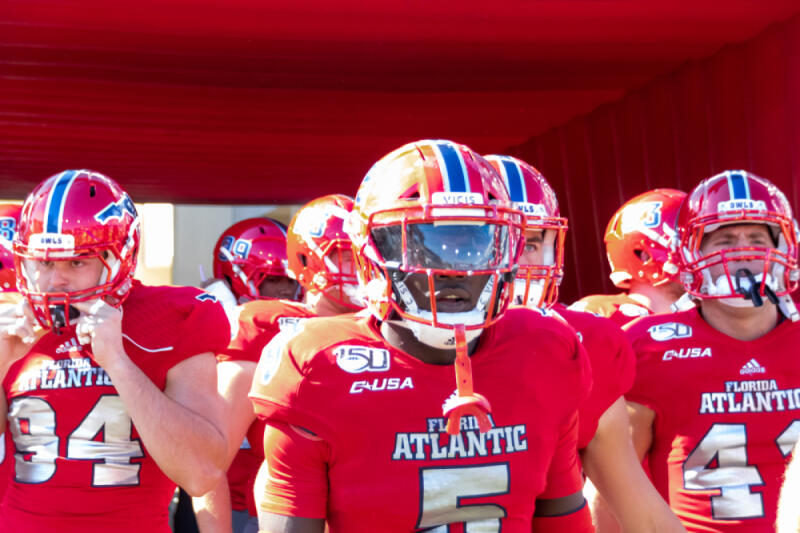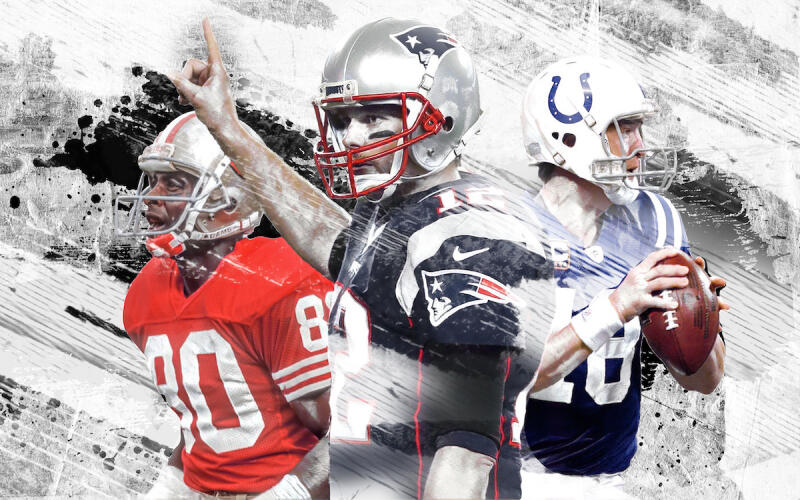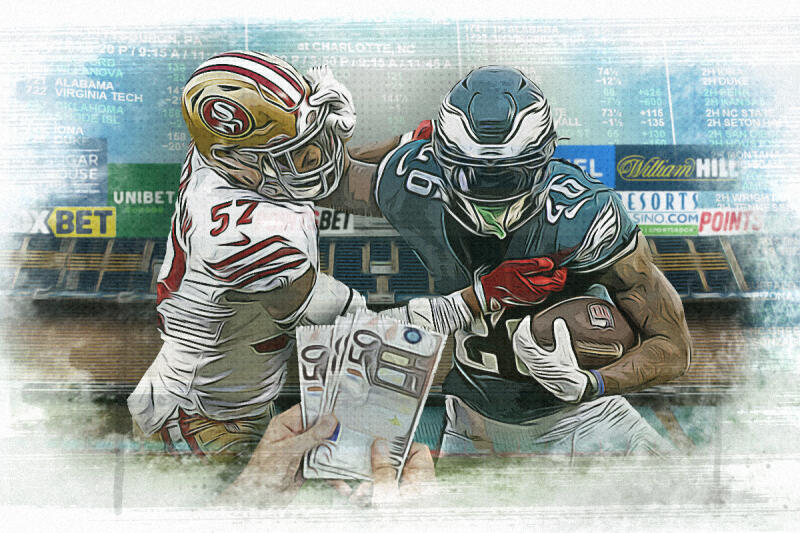Spread Betting Explained: What Does Point Spread Mean?
Spread betting is an exciting way to bet on sports. It's different from regular betting strategies. Instead of just winning or losing, you predict if the score will be higher or lower than what the bookmaker thinks.
When you bet "the spread," you look at how much better a team will do than expected, not just if they win. It mixes skill, guessing, and luck. It's fun for both beginners and experienced bettors, offering an alternative to traditional betting.
Key Takeaways
- Spread betting focuses on how much teams win or lose by - not just the win.
- Spreads are set by bookmakers looking at team performance, injuries, and weather among other things.
- In sports with lots of scoring like football and basketball, point spreads are very important.
- There are many different strategies for spread betting, suitable for both new and experienced players.
What Is Spread Betting?
Spread betting is not just about picking who wins. It's about guessing how close the game will be to the bookmaker's guess. This betting style, popular in sports, lets a bookmaker set a line. This line predicts how much better one team will do over another.
Here's a clearer view on spread betting: If a team is expected to win, they'll have a negative spread. This means they need to win by a certain number of points. If they don't, bets on them won't pay. Meanwhile, the underdog gets a positive spread. They can lose by less than this number or win to make those bets win. This gives betters a safety net.
To understand better, let's look at some betting line examples from Michigan online sportsbooks:
| Sport | Type of Spread | Example Line | Odds |
| Football (NCAA) | Point Spread | University of Michigan -21.5 | -110 |
| Basketball (NBA) | Point Spread | -30.5 | Varying |
| Baseball (MLB) | Run Line | -1.5/+1.5 | -150 to +200 |
| Hockey (NHL) | Puck Line | -1.5/+1.5 | Varying |
Although betting on the point spread is a popular bet type in most betting markets, being a spread bettor takes skill and strategy. Consider how betting affects the line right before the game. This is especially key in football and NFL betting. The above examples show that each sport has unique spread betting aspects. For instance, baseball uses a run line while hockey uses a puck line.
Spread bets might also end in a push. This happens when the final score matches the spread exactly. Bettors get their money back. Knowing these details helps in understanding spread betting. It also aids in making smarter betting decisions.
Top Picks For The Week


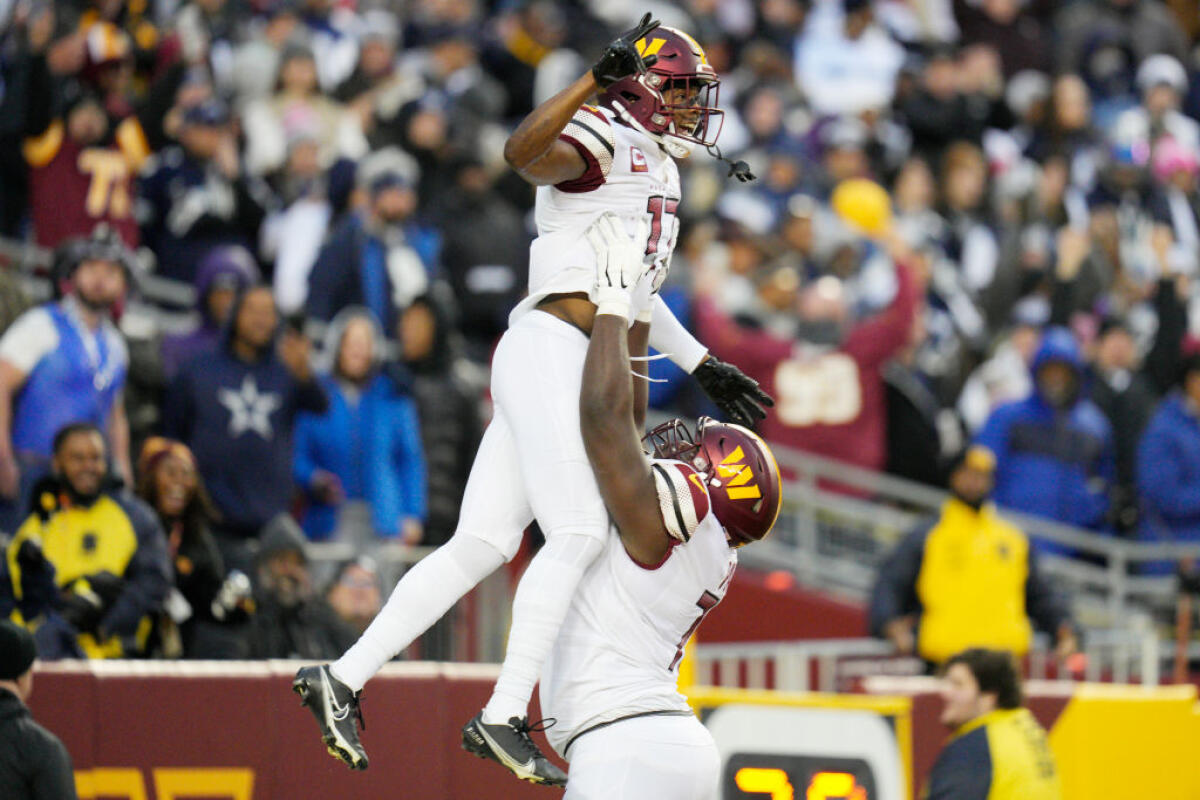









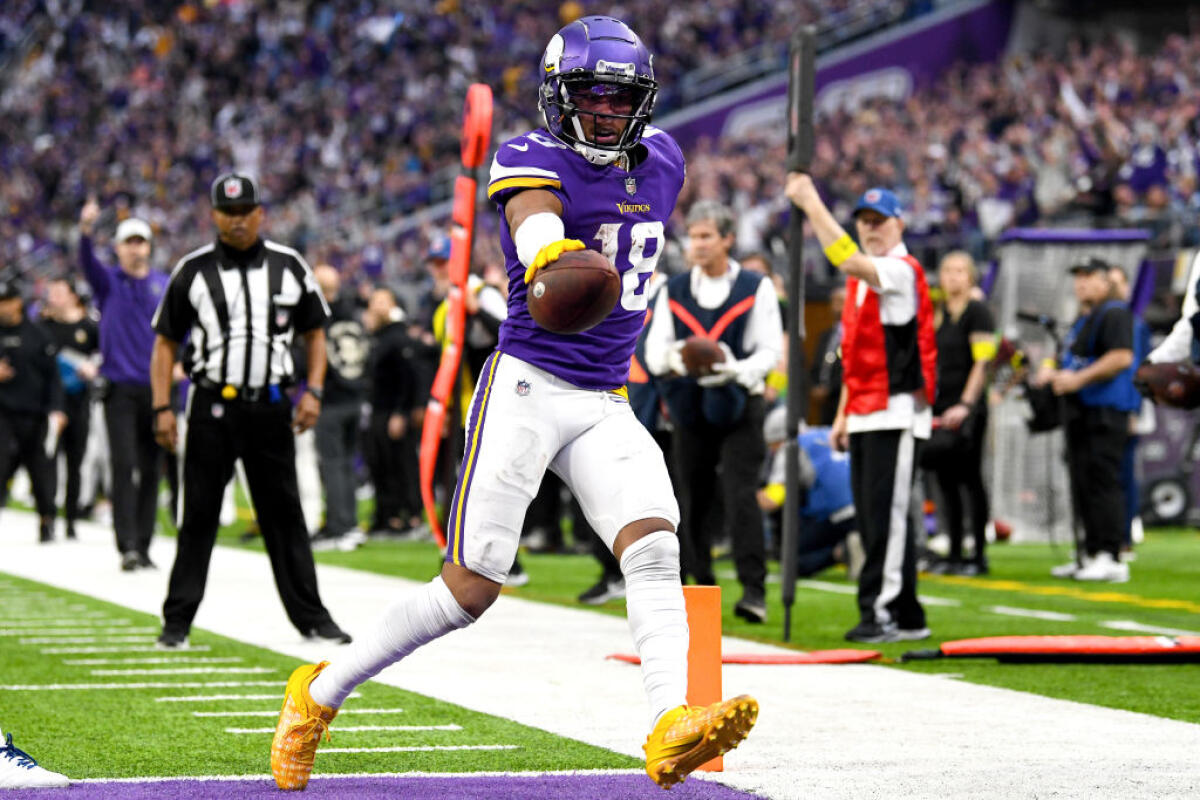





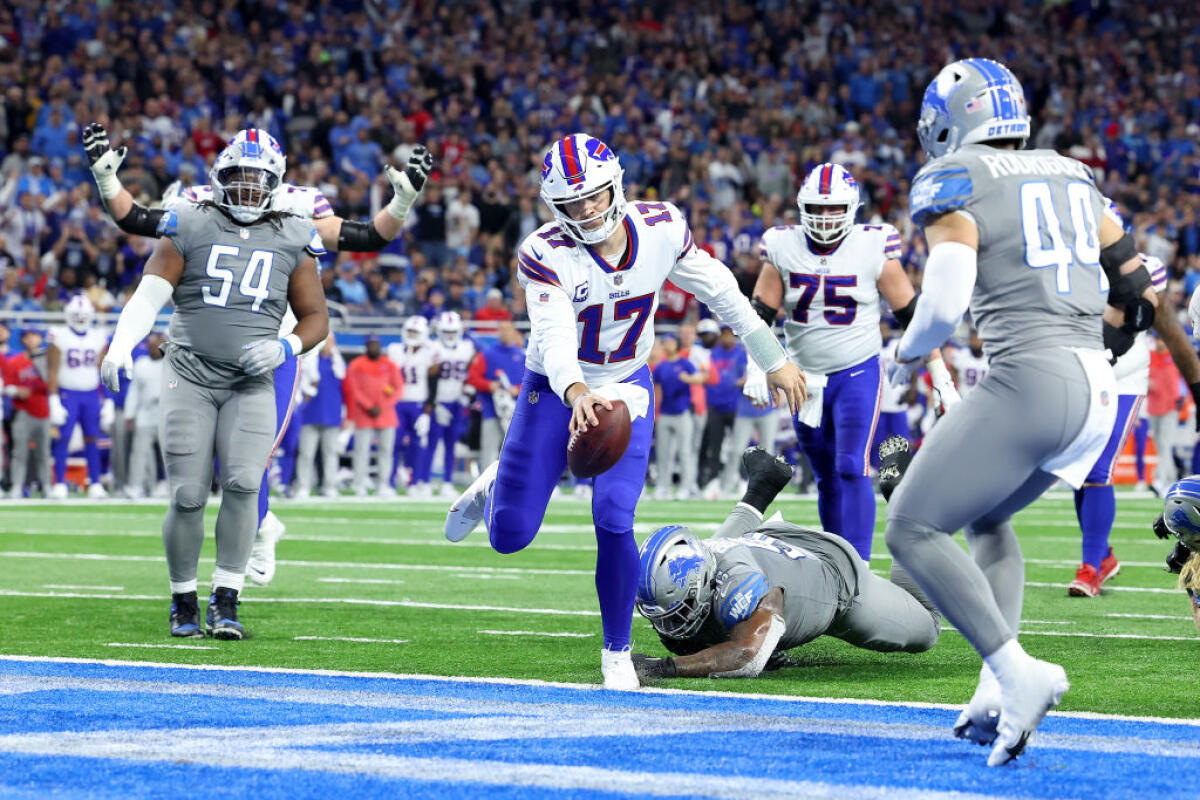


















































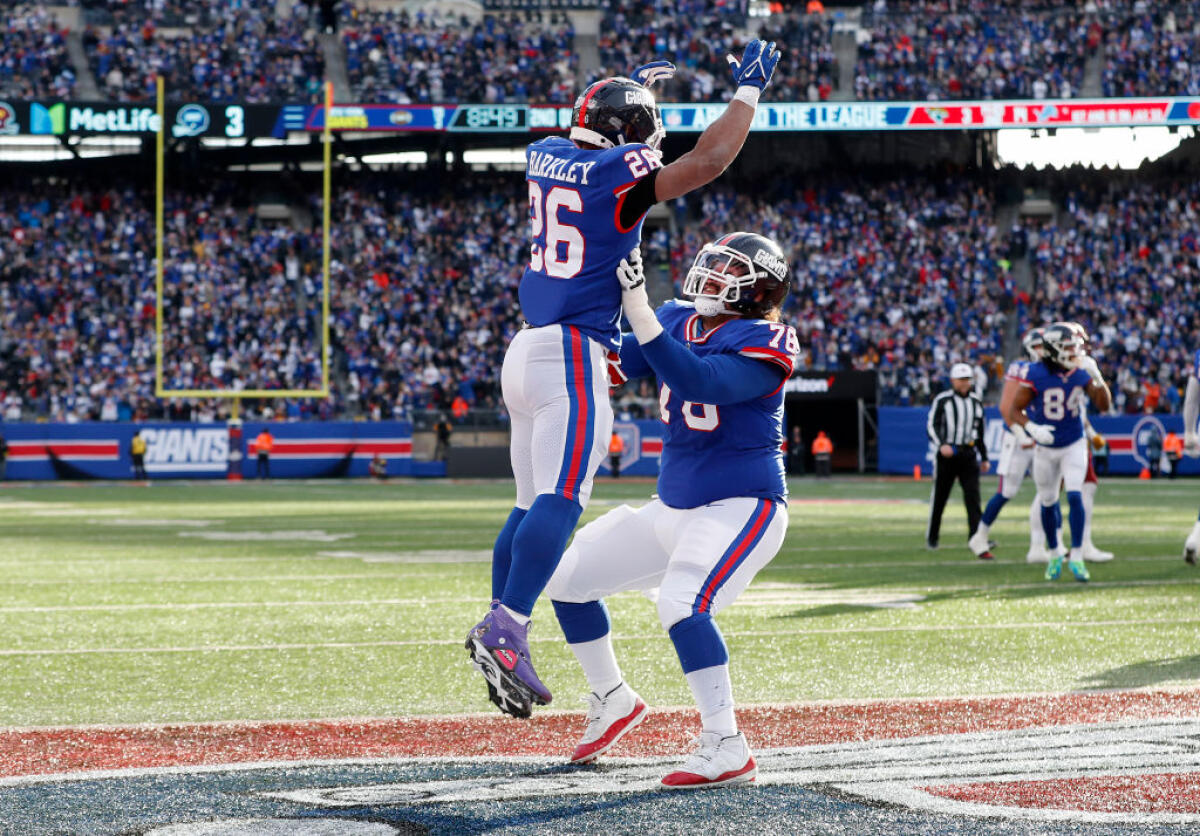










The Basics: What is a Point Spread Bet?
In the world of sports betting, knowing what is a spread in betting is key. A spread is a number that bookmakers set. It shows the expected score difference between two teams. The favorite team gets a negative spread, and the underdog gets a positive one.
This idea started to make uneven games more interesting for bettors. For instance, a strong team must beat the spread (or cover the point spread) to win. Meanwhile, an underdog can lose by fewer points than the spread and still cover it. In a point spread wager that bet the underdog, the team with plus points can lose by less than the number the spread indicates.
This adds a layer of strategy to betting, making it more than just picking winners and losers - or betting the moneyline. See our guide to betting moneyline explained.
When talking about bets, "covering the spread" is one key factor. It means a favorite wins by more than the spread. Or an underdog loses by less than the spread or wins the game.
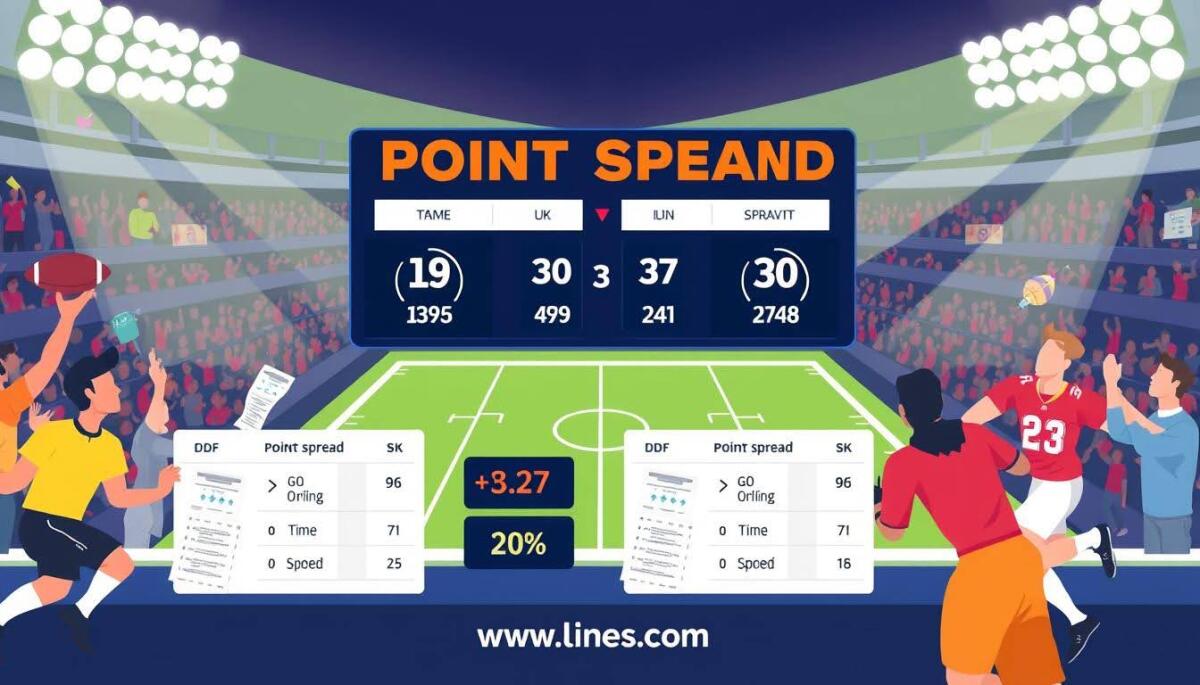
- Standard juice on a spread bet is typically -110, meaning you bet $110 to win $100.
- Teasers let you adjust the spread by 6, 6.5, or 7 points, making bets more favorable.
- Live betting changes odds during the game, updating the spread as the action unfolds.
- Different sports have different spreads; like baseball is called the Run Line and the point spread in hockey is the Puck Line.
- Ftures and in-play markets bring more strategy and excitement to sports betting - like the 2025 Super Bowl odds.
| Sports | Standard Spread Type | Notes |
| Football | +3.5 | Linked to the common NFL scores of 3 and 7. |
| Basketball | Varies | Has bigger spreads because the game scores a lot. |
| Baseball | Run Line (+/-1.5) | Mostly affected by who's pitching and team history. |
| Hockey | Puck Line (+/-1.5) | Shows the game's focus on defense and low scoring. |
Get the best NFL betting odds directly from Lines every week on the NFL season!
How Does Spread Betting Work?
Spread betting is a way to guess on price changes in sports betting markets. We'll explain everything you need to know about how it works, covering the basics of spread betting, its adjustments, and why it's strategic.
A spread sets the expected difference in results between two sides. It levels the playing field by giving points to the underdog and taking from the favorite. This way, the outcome is more balanced.
- Setting the Initial Line: The beginning spread is made by bookmakers. They look at how teams or assets have done before and other key info. Their aim is to get bets on both sides.
- Adjustments: The spread might change as people bet or if there are new updates. Bettors need to keep up with these changes to bet smartly.
- Betting Options: You can bet that the favorite will outscore the spread or that the underdog will keep it close or win.
Understanding the Point Spread
In sports betting, the point spread is a key concept. It's used in many sports. To know what the spread in betting means, you must understand the point spread. You should know how to read betting odds in order to bet against the spread.
What Is a Point Spread?
The point spread evens the game between uneven teams. Oddsmakers set a numerical advantage or disadvantage for this. The favorite must win by more than the spread to cover the bet. The underdog covers by winning outright or losing by less than the spread. This balance ensures equal betting on both sides.
How to Read the Point Spread
To read a point spread, look at the signs and numbers bookmakers use. A negative (-) sign means the favorite. The number shows how many points they need to win by. A positive (+) sign is for the underdog. It shows how many points they can lose by and still cover the spread. Understanding these signs and analyzing game data is key for betting.
| Sport | Point Spread | Team | Outcome Required to Cover |
| Football | -7 | Favorites | Win by more than 7 points |
| Basketball | -4 | Favorites | Win by more than 4 points |
| Football | +3 | Underdogs | Win outright or lose by less than 3 points |
Sports Betting the Spread vs. Moneyline Betting
Understanding how to bet the spread and moneyline is key for any sports bettor. Both types are popular but serve different preferences.
Spread betting in sports gives a handicap to even out the odds. Moneyline betting simply picks the winner, regardless of score difference.
- Moneyline Betting: You choose who wins. If your pick wins, so do you. Las Vegas Raiders +500 vs. Kansas City Chiefs -700 means Raiders are less likely to win.
- Spread Betting: This kind bets on score margins. For example, Las Vegas Raiders +13.5 (-110) vs. Kansas City Chiefs -13.5 (-110) means Chiefs must win by 14 points to cover.
Moneyline bets are straightforward, ideal for beginners betting on winners. They are easy but pay less on favorites.
Spread betting adds excitement to lopsided games. It offers better payouts if the team covers the spread, not just wins. This method can still pay even if the chosen team loses, as long as they beat the spread. Betting the spread allows you to pick any team you think will cover the spread and only lose if they fail to cover the spread numbers.
Why Do Bookmakers Use the Spread?
Understanding why bookmakers set spreads is key for those into point spread betting. They use it to balance betting on both sides of a contest. This helps lower their risk and makes betting more exciting by offering even matchups.
In sports like football and basketball, point spreads make games appealing to bettors. It does this by making each match more competitive and uncertain. This way, more people bet, increasing the bookmakers' potential market.
Many factors influence the spread, like team performance and player injuries. Changes to the spread can happen if there's big news affecting the game's odds.
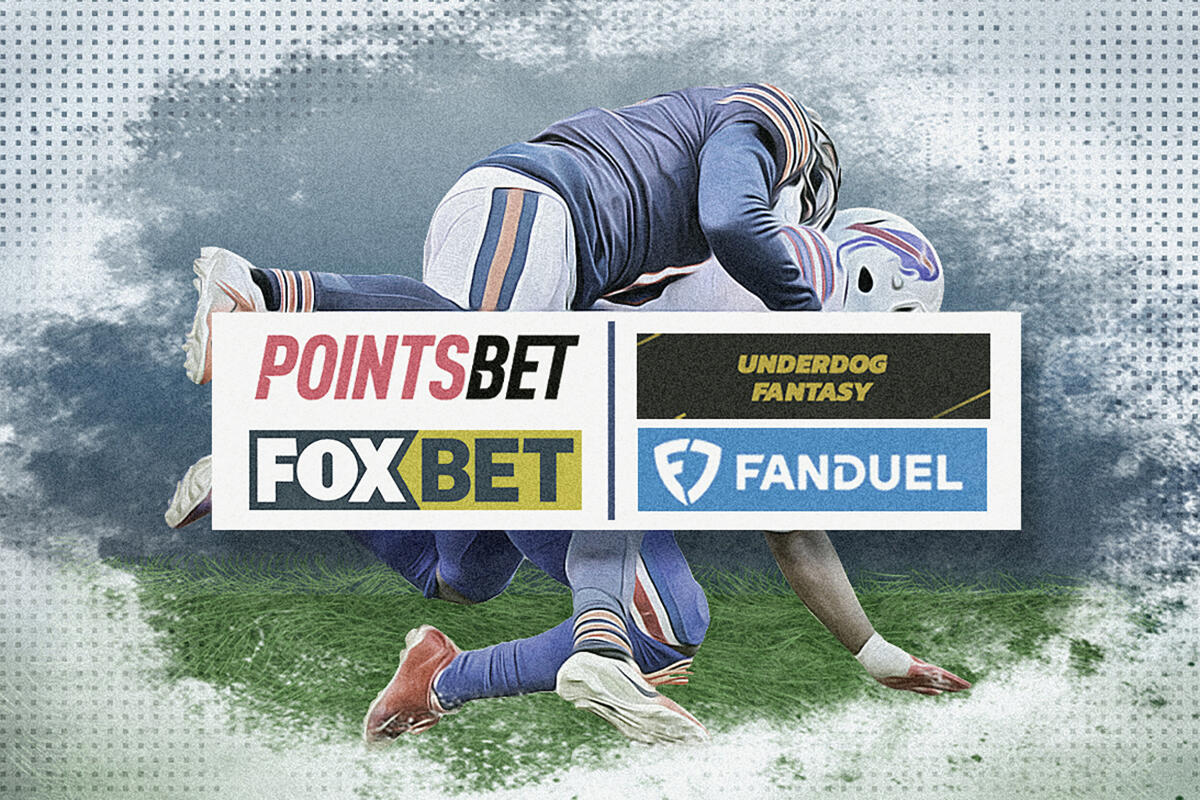
- Football and Basketball: These sports use point spreads to create a balanced betting environment. The favorite team must win by more points than the spread.
- Baseball and Hockey: They have "run lines" and "puck lines" similar to point spreads, usually set at 1.5 points. This encourages betting on both sides.
The spread turns betting into a 50/50 chance, keeping an equal amount of money on both sides. Bookmakers then make a profit from the vigorish or juice. This way, they avoid big losses no matter who wins.
How to Bet the Spread: Step-by-Step Guide
It's important to understand that betting the spread is key for both newbies and experts. It's about guessing if a team will 'cover the spread' set by bookies. It's not just about winning or losing. Learning to bet the spread right can make betting more fun and profitable.
- Understand the Point Spread: This is a number bookies use to even out the game between two teams. For example, in an NFL game, Dolphins might be -6.5 against Bengals +6.5. Dolphins are expected to win by more than 6.5 points.
- Analyze Team Performance and Conditions: Look at factors like team strength, injuries, and weather. Knowing how teams do against the spread can also help.
- Monitor Line Movements: Point spread lines change with betting volumes and team news. Bet when the line moves in your favor for a better chance of winning.
- Compare Odds Across Bookmakers: Check different sportsbooks to find the best odds and spreads. Odds are usually -110 but can vary with the event and bookmaker.
- Place Your Bet: Pick your team, considering the vig (around 10%), and place your bet. Make sure you know how to calculate your potential winnings and when you'll win your bet.
| Factor | Explanation | Impact on Betting |
| Vig or Juice | Commission charged by bookmakers, usually around 10%. | Affects the amount needed to wager and potential returns. |
| Line Movement | Changes in the spread due to varying betting volume and news. | Provides opportunities to place bets at more favorable odds. |
| Odds Comparison | Different sportsbooks offer varying odds on the same event. | Shopping around can increase profitability of the bets. |
Check out our betting odds calculator for more insight.
Tips and Betting Strategies
To excel in spread betting, it's important to grasp the basics. One key aspect is knowing what does spread mean.
Key Factors to Consider When Betting the Spread
Several crucial factors must be considered in spread betting:
- Team Statistics: Looking at a team or player's history helps predict future performance.
- Player Conditions: Keep an eye on players' health and lineup changes, as they can greatly impact the game.
- Past Performance and Trends: Checking past performances helps understand potential future outcomes.
- External Factors: The game's venue, weather, and time can alter game dynamics.
- Public Perception: Public betting trends can reveal opportunities if bettors notice differences between public opinion and actual conditions.
The 'hook' or half-point in spreads is key to avoiding ties and improving your strategy.
Spread Betting Explained for Different Sports
Spread betting makes wagering on sports more dynamic and strategic. It involves giving a virtual handicap to the favored team. This levels the playing field in high-scoring games. You'll find it in sports like NFL football, NBA basketball, and MLB baseball. Each sport brings its own set of challenges and chances for bettors.

Spread Betting in Football
NFL spread betting revolves around the football point spread. Sportsbooks analyze stats deeply to set these spreads. They aim to create -110 odds for both favorites and underdogs. If the spread is on point, both outcomes have nearly equal chances of happening. Yet, factors like player injuries and betting trends can shake this balance. This makes timing crucial for bettors.
Get the latest NFL Predictions every week!
Spread Betting in Basketball
NBA's high scores and frequent lead changes make its spread betting vibrant. The basketball point spread can be hard to predict. But this brings chances for big wins. NBA games adjust the point spread as the game unfolds. This gives bettors exciting in-play betting options, opening up new strategies.
Get NBA betting odds here.
Spread Betting in Baseball
In MLB, spread betting has its unique angle with the baseball run line. It's usually set at -1.5 for the favorite and +1.5 for the underdog. Since baseball is generally lower scoring than basketball or football, this impacts odds and strategies. Bettors need a deep understanding of the game and teams to succeed. Find the latest baseball betting odds here.
| Sport | Type of Spread | Common Spread | Odds |
| NFL Football | Point Spread | -110 | Favorites and Underdogs |
| NBA Basketball | Point Spread | Varies | High volatility |
| MLB Baseball | Run Line | -1.5/+1.5 | Adjusted for low scoring |
Spread Betting Terminology
Understanding spread betting terminology is vital for those betting. It makes clear what does the spread mean in betting. We will look at important terms and show how they work with examples from real betting.
- Favorite: Expected to win and must win by more than the spread
- Underdog: Can win the bet by winning outright or losing by less than the spread
- Covering the Spread: Winning a bet by surpassing the point spread
- Push: When a game result lands exactly on the spread
Bet Against the Spread & Spread Betting FAQS
What Is Spread Betting?
Spread betting lets you bet based on how right you are. Your winnings depend on the accuracy of your guess. This is different from other forms of betting. Usually, betting is about picking the winner or loser. With spread betting, you predict if a player or team will do better or worse than the bookmaker's guess.
How Does Spread Betting Work?
With spread betting, you're betting on a range of outcomes. The favorite has to win by more points than the spread to win the bet. The underdog wins your bet by either losing by fewer points than the spread or winning outright.
What Is a Point Spread?
A point spread is a victory margin set for betting. It shows how much the favorite is expected to win by. If the favorite is marked with a minus (-), they must win by more than the spread. An underdog is marked with a plus (+) and can win or lose by the spread amount.
How to Read the Point Spread?
To read the point spread, know the symbols. A minus (-) means the favorite, and they have to win by that many points. A plus (+) marks the underdog. They can lose by up to that many points or win to cover the spread.
How Does Betting the Spread Differ from Moneyline Betting?
Spread betting and moneyline betting are different. Spread bets are about the point gap in a game's outcome. Moneyline bets are picking who wins, no matter the points. Spread betting can still pay if your team loses, as long as they beat the spread.
Read more about over under betting, moneyline betting, and more with our complete betting guides.
Why Do Bookmakers Use the Spread?
Bookmakers use the spread to even out bets on both sides. They aim to cut risk and make a profit from the vigorish or juice. This means adjusting for team or player strengths to level the betting field.
What Are the Different Types of Spread Betting?
Spread betting comes in several forms. There's fixed odds betting, where the payout is known ahead. Financial spread betting is about betting on market movements. And sports spread betting is for sports outcomes against a bookmaker's spread.
What Are Some Strategies for Spread Betting?
Good strategies involve doing your homework on teams and players. Think about factors like where the game is and what the weather's like. Understanding the spread's "hook" is crucial. Look for bets where the spread seems off from what might really happen. Turn to AI sports betting for new ways to beat the bookies!
What Common Mistakes Should I Avoid in Spread Betting?
Stay away from betting based on emotions. Don't ignore up-to-date info. Overvaluing favorites is a mistake. Avoid blindly following what everyone else bets. Solid research and discipline help you adapt and make smart bets. Learn more about where is sports betting legal.
How Do Point Spreads Work in Different Sports?
Point spreads differ by sport. In the NFL, they reflect scoring trends and stats. The NBA has larger spreads to match its pace and scoring. In MLB, the typical spread is 1.5 points, fitting the sport's scoring variation.
What Spread Betting Terminology Should I Know?
- Favorite: likely to win by the spread
- Underdog: can win or lose within the spread
- Covering the spread: beating the point gap
- Push: when results exactly meet the spread
Our editorial content strives to be highly informative and educational to our audience, especially for visitors who are new or relatively new to analyzing and predicting sporting event results. All of our content is created by informed writers with backgrounds in their subject area and reviewed for omissions or mistakes.
Our editorial team is run by individuals with many years of experience in digital publishing, editorial, and content production. Our editorial content is always marked clearly in any instances where it may be sponsored by a third party, though it is still reviewed by our staff to ensure it remains consistent with our company mission.
- Popular
- Latest

